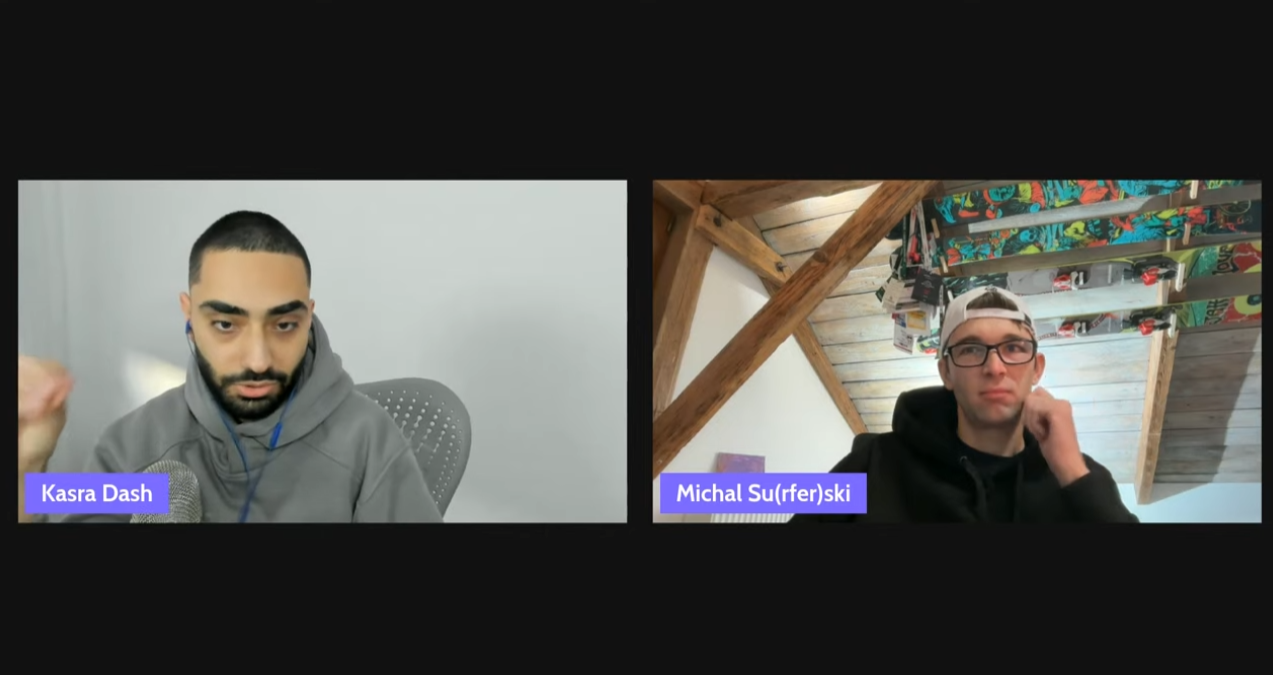When Google rolled out the Helpful Content Update (HCU), most SEOs assumed it was about low-quality content getting penalised.
We put that theory to the test.
Thanks to data from RankWatch, we analysed over 12,000 websites offering links and 500 websites hit by HCU.
The findings?
HCU wasn’t just about content—it was about how content and links interact across a website.
This update exposed the real weaknesses in SEO, and if you’re still focusing on individual page quality, you’re looking in the wrong place.
The common misconception: “helpful content” = “better content”
The entire SEO industry latched onto the idea that HCU was punishing bad content.
🚨 Reality check:
- High-quality content got hit too. Some of the most detailed, well-researched content saw massive drops.
- Authority sites weren’t safe. Some big names lost rankings despite strong content teams.
- Google didn’t just assess page quality—it assessed site-wide content structure and link profile health.
HCU wasn’t about whether your content was good—it was about whether your content belonged on that website in the first place.
What we found: it’s not just the website that got hit—it’s the links
From the 550 HCU-hit websites we analyzed, along with 6,000+ link farms, the data clearly shows a correlation between toxic links and traffic drops.
Websites with a higher percentage of backlinks from link farms were consistently hit the hardest.
.avif)
⚠ Disclaimer: Correlation doesn’t always mean causation, but in this case, the pattern is too strong to ignore. The data suggests that Google is aggressively devaluing these low-quality backlinks, and sites relying on them are experiencing significant ranking losses.
We dug deeper into 12,000+ websites offering links, and the pattern was clear:
- Sites that used to rank well but lost rankings are now passing less link equity.
- This means even if your content didn’t change, your rankings dropped because your links became weaker.
- The sites that used to push rankings no longer move the needle.
Examples of sites that still have high DR but won’t help you rank anymore:
These sites still have “strong” DR on paper—but in reality, their links are useless.

Just because a site has a high DR doesn’t mean its links will help your rankings.
If your link profile is built on spammy, low-quality sites, you're putting your rankings at serious risk.
Avoid link farms if you want long-term SEO success.
This is why evaluating actual organic traffic and ranking performance is crucial before considering any backlink opportunities.
SEO myths that HCU exposed
1. “Google ignores bad links” – not always
The myth that “Google ignores bad links” has been pushed for years.
🛑 Not true.
- Yes, Google ignores some spammy links—but guest post farms & toxic PBNs can still tank a site.
- If you’ve got too many low-quality, irrelevant, or link-manipulation signals, your site is done.
- The idea that Google’s algorithm “just knows” what to ignore is wishful thinking.
If you’ve been hit, don’t assume disavows don’t work. You might just be ignoring a real problem.
2. “Just look at DR” – BS
DR (Domain Rating) and Authority Score are the biggest vanity metrics in SEO.
💀 Why DR is misleading:
- DR can be faked. A site can inflate its DR with garbage links that don’t actually help rankings.
- Some high-DR sites pass zero authority—they just look good in reports.
- Google doesn’t rank DR, it ranks trust & authority.
It's important to remember that Domain Rating (DR) i's just a third-party estimation of link strength.
Many websites artificially inflate their DR using Fiverr gigs or other black-hat tactics, making them appear authoritative on paper while offering little to no real SEO value.
If you’re buying links based on DR alone, you’re wasting money.
3. “High traffic = stronger link” – also BS
People assume a site with high traffic = a stronger backlink.
🛑 Not true.
- Many “high-traffic” sites manipulate search volume to fake their authority.
- A keyword might show 10,000 searches a month—but Google’s own data shows zero real clicks.
- Sites with fake or bot traffic pass zero ranking value.
If you’re only checking estimated traffic before securing a link, you’re being scammed.
4. Press releases look good, but are useless for SEO
Press releases have always been a grey area in SEO. But after HCU, their value is worse than ever.
Take these examples:
These are on high DR sites, but they’re set to:
❌ No-index
❌ No-follow

💀 Google will never crawl or see these pages.
The only purpose of these links? To look nice on a report—but they pass zero SEO value.
What actually happened with HCU?
HCU was a site-wide authority shift.
- Sites that got hit lost link equity because their backlink sources became weaker.
- Google didn’t just target bad content—it devalued entire link networks, reducing their power.
- If your site relied on previously strong links that no longer push rankings, your content took a hit.
💡 Example:
- If a site was passing strong link equity before, but now it’s not ranking well, its links aren’t helping you anymore.
- The result? Even if your content is great, it now carries less weight.
Best SEO experts 2026 on Podcast
Michał Suski and Kasra Dash discussed ranking factors, algorithm updates and more on MySEO app on 19.11.2025.

How to adapt (and actually recover from HCU)
Since this wasn’t just about content quality but your site’s overall structure, recovery requires a different approach.
✅ Stop chasing DR. Look at actual ranking power & trust signals.
✅ Audit your link profile. Find out if your strongest links have lost their impact.
✅ Stop falling for fake “high-traffic” sites. If a link doesn’t drive real authority, cut it.
✅ Don’t assume Google is ignoring bad links. If your backlink profile is messy, expect ranking drops.
✅ Clean up site-wide content issues. Too many orphan pages? Prune them. Focus on relevant topics to build authority.
How can you use content to build site-wide authority?
👉 Use Surfer's Topical Map. You'll never run out of content ideas and will know exactly which topics to prioritize.
Final thoughts: SEO is evolving—adapt or get left behind
HCU wasn’t just a content update—it was an authority update.
- If your content is solid but your rankings dropped, check your site-wide structure & links.
- If your best backlinks aren’t passing value anymore, your ranking power is lower.
- Google wants trust & authority—not just “good” content in isolation.
If you’re not looking at the big picture, you’re playing the wrong game.
I’ll be diving deep into this case study at The Masterminders. If you want to understand what really moves the needle in SEO right now, you need to be in that room.


.avif)


